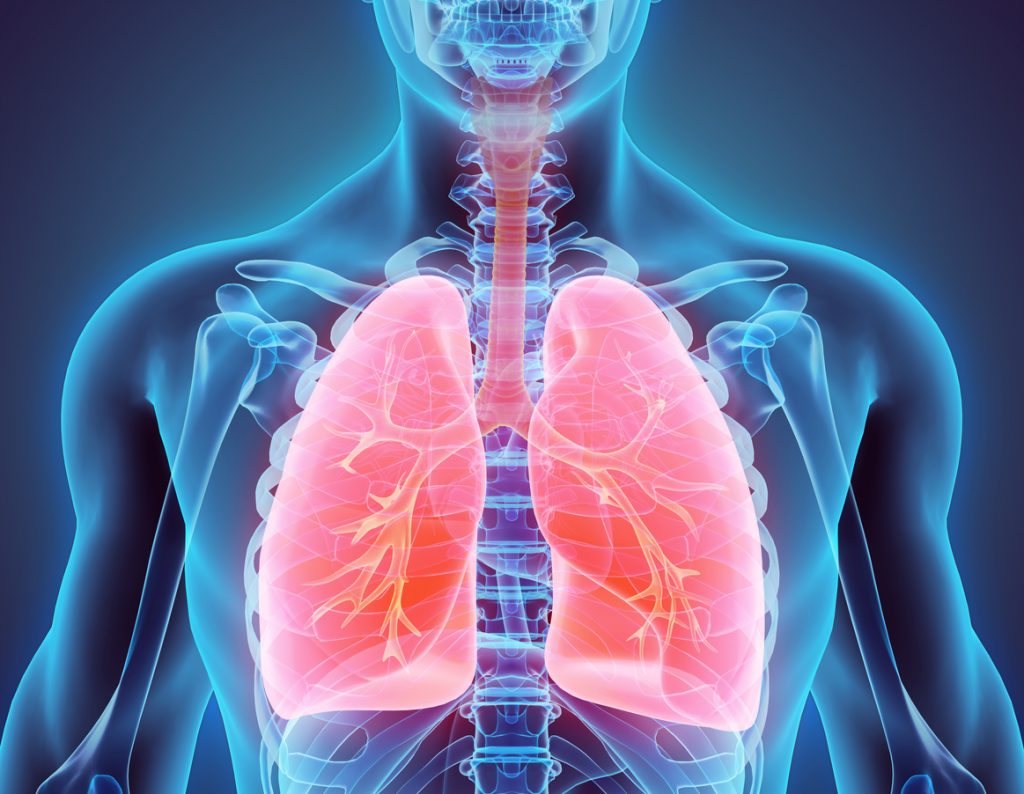What is a respiratory physician?
A respiratory physician (or pulmonologist) is a doctor who specialsies in treating and managing patients with conditions affecting their lungs.
Why you would see a pulmonologist?
- Asthma – this is a common condition affecting the airways which are hyperresponsive and inflammed. It usually presents with shortness of breath particularly on exertion, cough and wheeze.
- Chronic bronchitis, emphysema and COPD – this spectrum of conditions is generally due to smoking. Shortness of breath and often cough are the usual symptoms.
- Lung cancer – Often due to smoking lung cancer can present with cough, coughing up blood (haemoptysis), shortness of breath or chest pain.
- Mesothelioma – this cancer generally thought to be related to asbestos exposure affects the lining of the lung. It can present with chest pain or shortness of breath.
- Interstitial lung disease – a large number of conditions can cause fibrosis (scarring) to develop within the lung. This means the native lung tissue is destroyed and patients usually present with shortness of breath.
- Pneumonia – is infection of the lung. It presents with fever, cough with green or yellow sputum (phlegm) and sometimes shortness of breath or chest pain.
- Tuberculosis – a lung infection
- Pleural effusion – fluid that collects around the lung, can be due to many different causes. Presents with shortness of breath.
Book your health appointments online
Find and instantly book your next health appointment with Healthengine
What to expect when seeing a pulmonologist for the first time
History
A pulmonologist will begin by asking you some questions about your illness. How it developed, triggering factors, your symptoms and the effect of any previous treatments will be asked.
Examination
Your respiratory specialist will examine your heart and lungs. You will need to take off your shirt. With their stethoscope they will listen to your breath sounds to get clues as to the cause and severity of your problems.
Specialty areas of interest
- Paediatric respiratory medicine – children
- Lung malignancy – cancer
- Sleep medicine
- Asthma
- COPD
- Diving medicine
- Bronchoscopy
- Tuberculosis
Associated tests
- Lung function tests – breathing tests that give doctors an idea of the pattern of lung disease you may have and the significance of its impact on you.
- Arterial blood gases – a blood test, usually from the radial artery that runs next to your wrist. It shows the amount of oxygen and carbon dioxide in your blood which is a measure of the efficiency with which your lungs function.
- Imaging tests including chest X-rays and CT scans
- Bronchoscopy
- Transbronchial lung biopsy
- Needle biopsy
Procedures
- Medications
- Airway stenting
- BiPAP
- Operative treatments done by cardiothoracic surgeons
Training and qualifications
Also known as
- Respiratory physican
- Pulmonologist
- Respiratory specialist
- Pulmonary specialist
Links
- National Asthma Council (Australia)
- The Australian Lung Foundation
- The British Thoracic Society (UK)
- Wikipedia – Respiratory System
Next steps
A: Use HealthEngine to find and book your next Respiratory Physician appointment. Click on the following locations to find a Respiratory Physician clinic in your state or territory.
This article is for informational purposes only and should not be taken as medical advice. If in doubt, HealthEngine recommends consulting with a registered health practitioner.
All content and media on the HealthEngine Blog is created and published online for informational purposes only. It is not intended to be a substitute for professional medical advice and should not be relied on as health or personal advice. Always seek the guidance of your doctor or other qualified health professional with any questions you may have regarding your health or a medical condition. Never disregard the advice of a medical professional, or delay in seeking it because of something you have read on this Website. If you think you may have a medical emergency, call your doctor, go to the nearest hospital emergency department, or call the emergency services immediately.








